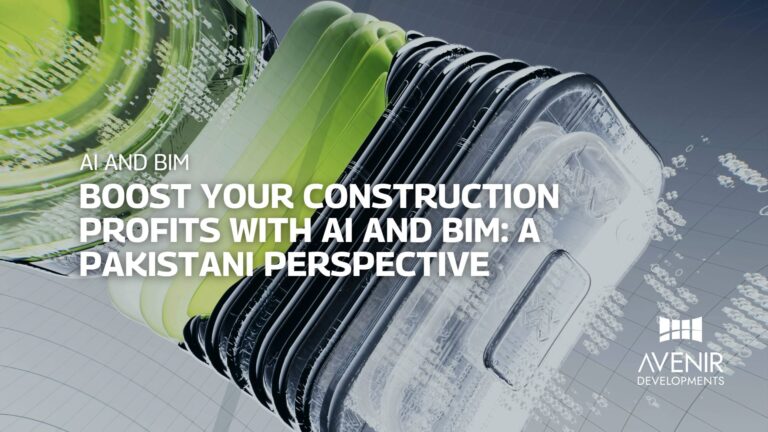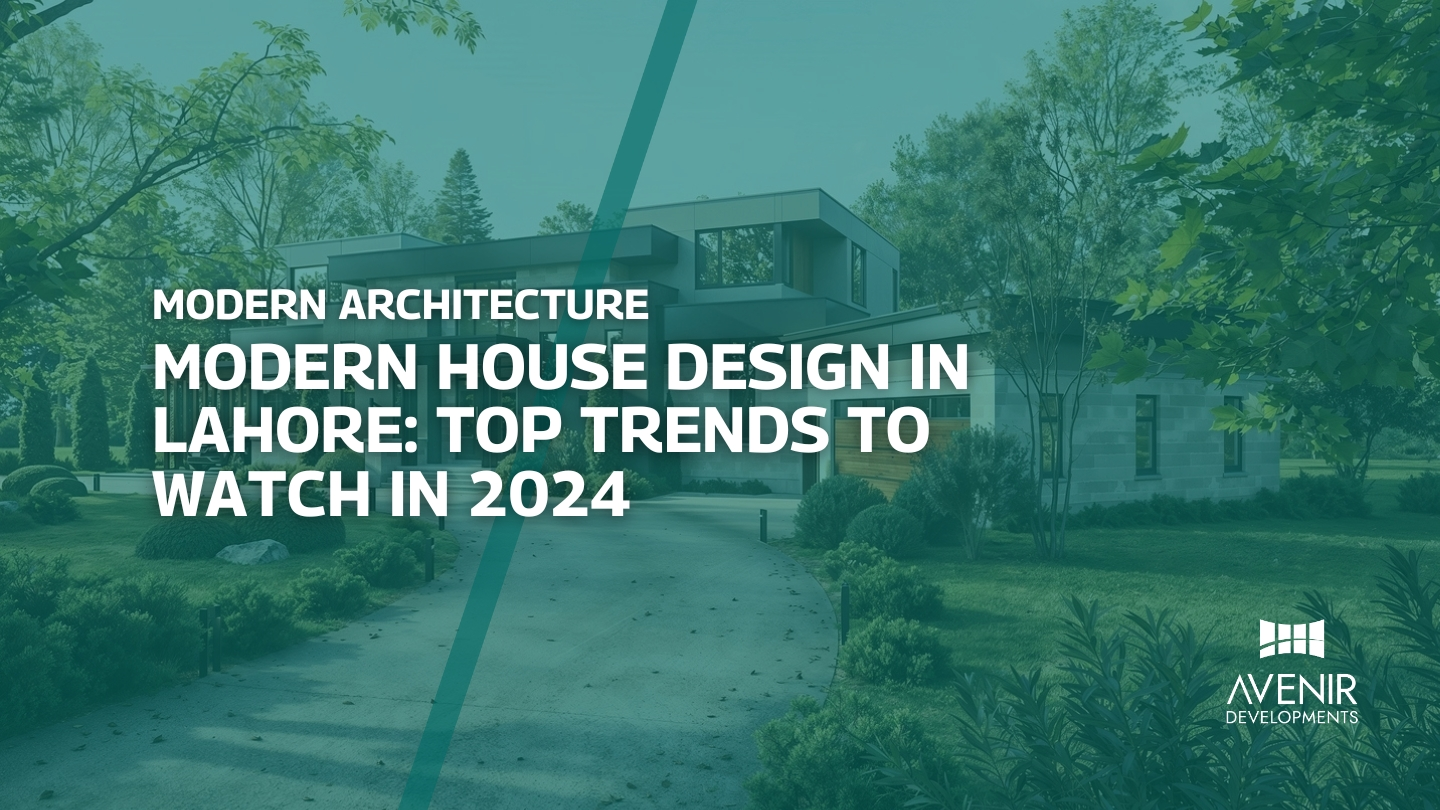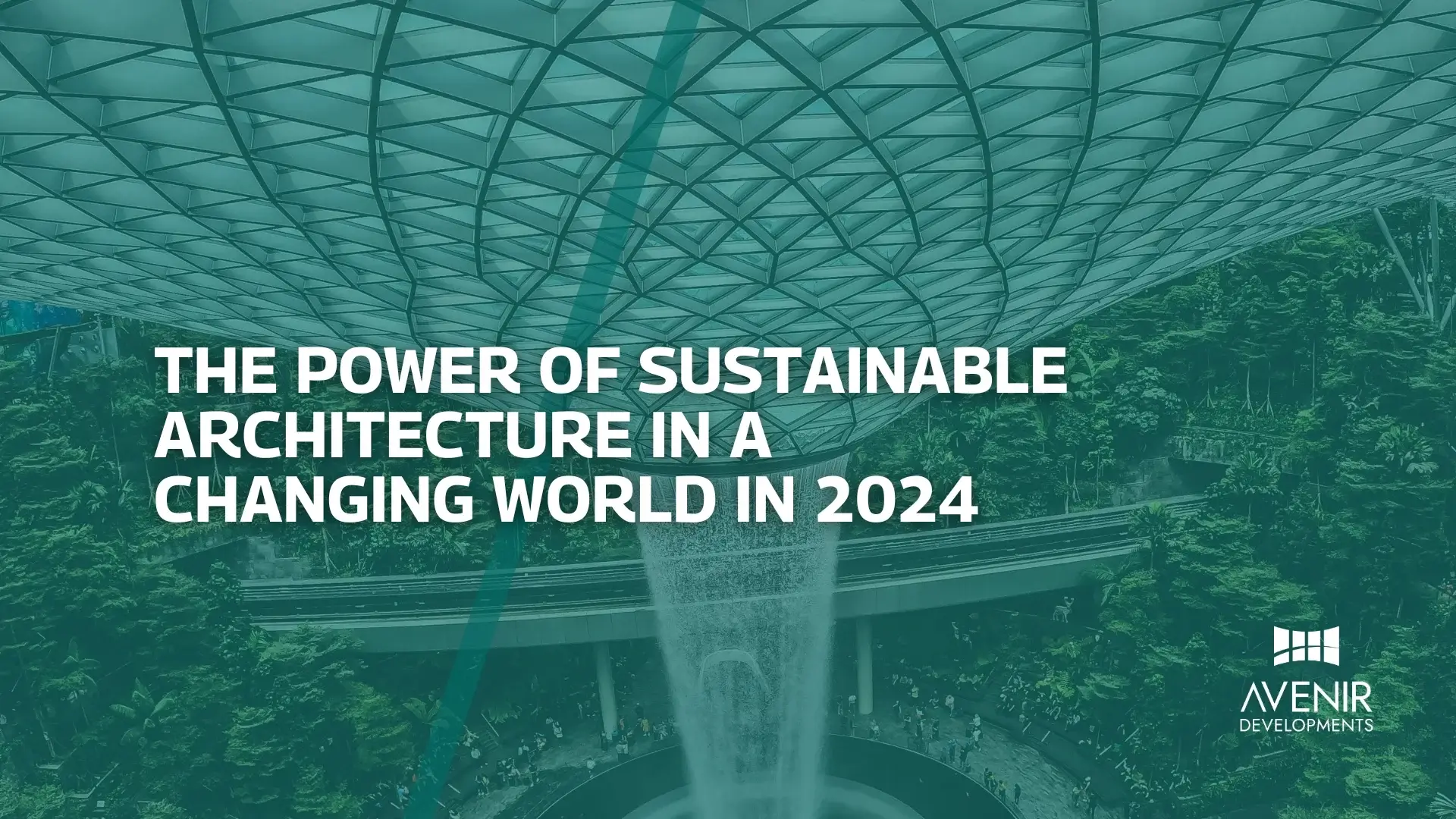Revolutionize Your Construction Business with AI and BIM
The construction industry in Pakistan is on the cusp of a digital transformation. The integration of Artificial Intelligence (AI) and Building Information Modeling (BIM) promises to revolutionize the way we design, build, and manage structures. This powerful combination offers unprecedented opportunities to boost profits, enhance efficiency, and deliver exceptional projects. In this comprehensive guide, we’ll explore how AI and BIM can transform your construction business in Pakistan.
The Evolution of Construction Technology in Pakistan
Pakistan’s construction sector has witnessed significant growth in recent years. However, challenges such as project delays, cost overruns, and quality issues persist. Traditional methods are no longer sufficient to meet the demands of a rapidly evolving market. This is where AI and BIM come into play. BIM, with its ability to create and manage digital representations of physical and functional characteristics of a building, has already made inroads into the industry. But when combined with AI, its potential is exponentially amplified.
AI’s role in construction is rapidly expanding. From automating mundane tasks to providing data-driven insights, AI is transforming the way we approach projects. By leveraging AI and BIM, construction companies in Pakistan can gain a competitive edge and unlock new avenues for growth.
Understanding the Power of AI and BIM
AI and BIM are not just buzzwords; they represent a paradigm shift in the construction industry. BIM provides a comprehensive digital representation of a building, capturing information about its geometry, spatial relationships, components, and quantities. AI, on the other hand, brings intelligence to this data, enabling automation, optimization, and predictive analysis.
When integrated, AI and BIM create a powerful synergy that can:
- Optimize design: AI algorithms can analyze vast amounts of data to generate optimal design solutions, considering factors like energy efficiency, cost, and constructability.
- Improve project planning and scheduling: AI-powered tools can analyze historical data to predict project timelines, identify potential risks, and optimize resource allocation.
- Enhance construction management: BIM models combined with AI can streamline construction processes, monitor progress, and identify potential issues before they become critical.
- Facilitate cost control: AI can analyze cost data to identify cost-saving opportunities and optimize budgets.
- Improve quality control: AI-powered image recognition can detect defects and inconsistencies in construction work.
- Enable predictive maintenance: By analyzing sensor data, AI can predict equipment failures and schedule maintenance proactively.
Case Studies: AI and BIM Success Stories in Pakistan
While the full potential of AI and BIM is yet to be realized in Pakistan, there are promising examples of how these technologies are being used to drive innovation.
Overcoming Challenges in Implementing AI and BIM
Implementing AI and BIM in a construction business can be challenging. Some common hurdles include:
- Lack of skilled workforce: There is a shortage of professionals with the necessary expertise in AI and BIM.
- High initial investment: Implementing these technologies requires significant upfront costs.
- Data quality and management: Accurate and reliable data is essential for AI algorithms to function effectively.
- Cybersecurity concerns: Protecting sensitive project data is crucial.
To overcome these challenges, construction companies should invest in training and development, explore partnerships with technology providers, and prioritize data management.
Expert Tips for Maximizing AI and BIM Benefits
To fully leverage the potential of AI and BIM, consider the following tips:
- Start small: Begin with a pilot project to test the waters and build internal expertise.
- Data is key: Invest in data collection and management to ensure the accuracy and reliability of your data.
- Embrace collaboration: Foster collaboration among different stakeholders to maximize the benefits of BIM.
- Stay updated: Keep up with the latest advancements in AI and BIM to stay ahead of the competition.
- Consider outsourcing: If you lack in-house expertise, consider partnering with AI and BIM specialists.
AI and BIM are reshaping the construction industry in Pakistan. By embracing these technologies, construction companies can improve efficiency, reduce costs, and deliver higher quality projects. While challenges exist, the potential benefits far outweigh the obstacles. By following the guidance outlined in this article and staying committed to innovation, you can position your business for long-term success.
The Evolving Landscape of AI and BIM in Pakistan
The construction industry in Pakistan is undergoing a rapid transformation, driven by technological advancements and evolving market demands. AI and BIM are at the forefront of this revolution, offering unprecedented opportunities for innovation and efficiency.
While the global construction industry has embraced AI and BIM with significant strides, Pakistan is catching up rapidly. Government initiatives, such as [insert relevant government initiatives or policies], have played a pivotal role in fostering a conducive environment for technological adoption.
Government’s Role in Promoting AI and BIM
The Pakistani government has recognized the potential of AI and BIM in driving economic growth and improving the construction sector’s performance. Initiatives like [insert specific initiatives, such as skill development programs, policy frameworks, or financial incentives] have been instrumental in creating a supportive ecosystem for technology adoption.
Industry Adoption of AI and BIM in Pakistan
Despite the challenges, a growing number of construction companies in Pakistan are recognizing the benefits of AI and BIM. Early adopters have reported significant improvements in project delivery, cost management, and quality control. For instance, [insert case study of a Pakistani construction company successfully implementing AI and BIM].
Emerging Trends in AI and BIM for Pakistan
Several emerging trends are shaping the future of AI and BIM in Pakistan:
- Digital Twins: Creating virtual replicas of physical assets is gaining traction, enabling predictive maintenance, performance optimization, and enhanced decision-making.
- Construction Robotics: Automation of construction tasks through robotics is gradually being explored to improve efficiency and safety.
- Sustainable Construction: AI and BIM are being leveraged to design and build environmentally friendly structures, reducing the industry’s carbon footprint.
- Modular Construction: AI-driven optimization of modular components is accelerating the adoption of this construction method.
Global Best Practices and Their Relevance to Pakistan
While Pakistan is making progress, it’s essential to learn from global best practices. Countries like the UK, Singapore, and the United States have successfully implemented AI and BIM in their construction sectors. By adapting these practices to the local context, Pakistani construction companies can accelerate their growth.
The Road Ahead for AI and BIM in Pakistan
The future of AI and BIM in Pakistan is promising. As technology continues to advance, we can expect to see even more innovative applications emerge. To fully realize the potential of these technologies, the industry must invest in training, research, and development. Collaboration between government, industry, and academia is crucial to overcome challenges and drive growth.
By embracing AI and BIM, Pakistan can position itself as a global leader in the construction industry, delivering world-class projects while creating sustainable economic opportunities.
FAQs about AI and BIM in Construction
Q: What are the key benefits of using AI and BIM in the construction industry?
A: AI and BIM offer numerous benefits, including increased efficiency, improved project planning and scheduling, enhanced cost control, better quality control, and reduced risks. By leveraging data-driven insights and automation, construction companies can optimize their operations and deliver projects on time and within budget.
Q: How does AI improve the design process in BIM?
A: AI can revolutionize the design process by automating repetitive tasks, generating design alternatives, and optimizing building performance. By analyzing vast amounts of data, AI algorithms can identify optimal design solutions based on various criteria, such as energy efficiency, cost, and structural integrity.
Q: What are the challenges of implementing AI and BIM in Pakistan?
A: While AI and BIM offer significant advantages, their implementation can be challenging. Key obstacles include the lack of skilled professionals, high initial investment costs, data quality issues, and cybersecurity concerns. However, with careful planning and strategic partnerships, these challenges can be overcome.
Q: How can small and medium-sized construction companies in Pakistan benefit from AI and BIM?
A: Small and medium-sized construction companies can leverage AI and BIM through cloud-based solutions and affordable software packages. By focusing on specific areas of application, such as project planning or cost control, these companies can achieve significant improvements without a massive upfront investment.
Q: What is the future of AI and BIM in Pakistan?
A: The future of AI and BIM in Pakistan is bright. As technology continues to advance, we can expect to see increased adoption and integration of these tools. Emerging trends such as digital twins, construction robotics, and sustainable construction will further drive innovation in the industry.
Q: How can I find qualified AI and BIM professionals in Pakistan?
A: There are several ways to find qualified AI and BIM professionals in Pakistan. You can search online job boards, network with industry peers, or partner with technology consulting firms. Additionally, universities and technical institutes offer programs in these areas, providing a potential talent pool.
Q: What is the role of government in promoting AI and BIM adoption in Pakistan?
A: The government plays a crucial role in fostering a conducive environment for AI and BIM adoption. By investing in research and development, providing incentives for technology adoption, and developing relevant policies, the government can accelerate the industry’s digital transformation.
By addressing these frequently asked questions, we provide valuable information to potential clients and demonstrate our expertise in the field of AI and BIM.
Expert Tips for Maximizing AI and BIM Benefits
With over 20 years of experience in the construction industry, I’ve witnessed firsthand the transformative power of AI and BIM. Here are some expert tips to help you maximize their potential:
Tip 1: Build a Strong Foundation
- Invest in Talent: Hire or train skilled professionals with expertise in AI, BIM, and construction.
- Data-Driven Culture: Establish a data-centric culture within your organization to harness the full potential of AI.
- Technology Infrastructure: Ensure you have robust IT infrastructure to support AI and BIM applications.
Tip 2: Start Small, Think Big
- Pilot Projects: Implement AI and BIM in small, manageable projects to gain experience and build confidence.
- Iterative Approach: Continuously evaluate and refine your processes based on project outcomes.
- Scalability: Design your AI and BIM solutions with scalability in mind to accommodate future growth.
Tip 3: Foster Collaboration
- Cross-Functional Teams: Create cross-functional teams to break down silos and encourage collaboration.
- Client Involvement: Involve clients early in the process to align expectations and gather valuable feedback.
- Partnerships: Collaborate with technology providers and industry experts to stay ahead of the curve.
Tip 4: Embrace Change and Innovation
- Stay Updated: Keep abreast of the latest advancements in AI and BIM technologies.
- Experimentation: Encourage a culture of experimentation and innovation within your organization.
- Risk Management: Develop strategies to mitigate risks associated with adopting new technologies.
Tip 5: Measure and Optimize
- Key Performance Indicators (KPIs): Define clear KPIs to measure the impact of AI and BIM on your business.
- Continuous Improvement: Regularly analyze data to identify areas for improvement and optimization.
By following these expert tips, you can unlock the full potential of AI and BIM, driving significant improvements in your construction business. Remember, success lies in a strategic and data-driven approach.
The Future of Construction is AI and BIM
The integration of AI and BIM marks a pivotal moment for the construction industry in Pakistan. By harnessing the power of these technologies, construction companies can unlock new opportunities, enhance efficiency, and deliver exceptional projects. While challenges exist, the potential rewards are immense.
As we look to the future, it’s clear that AI and BIM will continue to evolve, driving innovation and reshaping the industry landscape. By embracing these technologies and adopting a forward-thinking approach, Pakistani construction companies can position themselves for long-term success.
Ready to embark on your AI and BIM journey? Avenir Developments is here to guide you every step of the way. Our expertise in architecture, interior design, and construction combined with a deep understanding of AI and BIM enables us to deliver tailored solutions that meet your specific needs.
Contact us today to discuss your project and explore how AI and BIM can transform your business.






